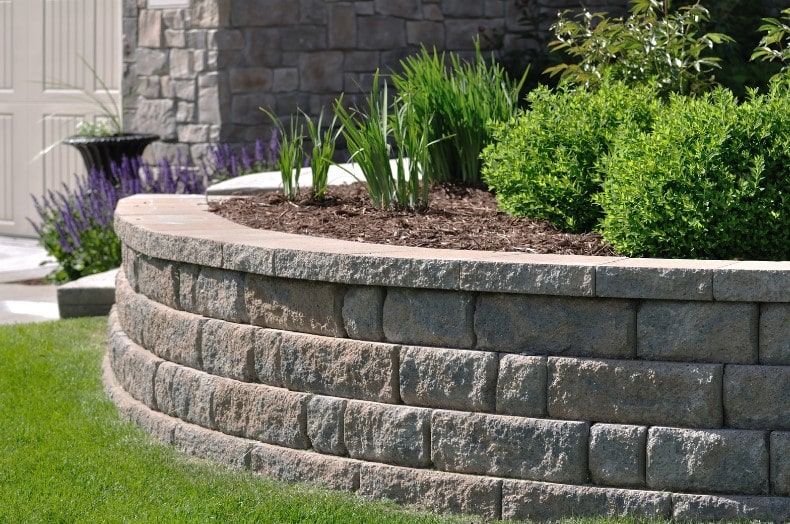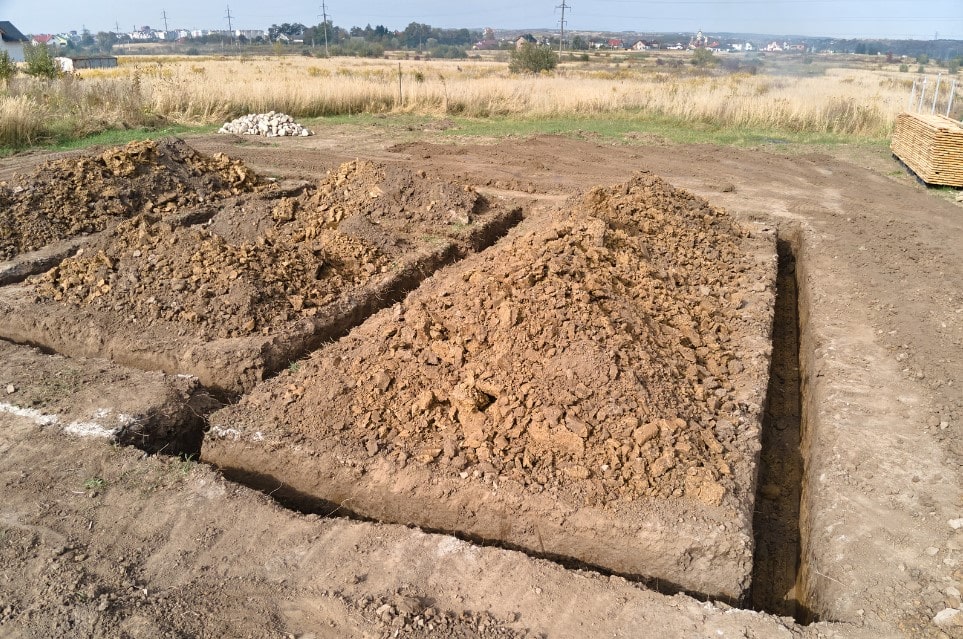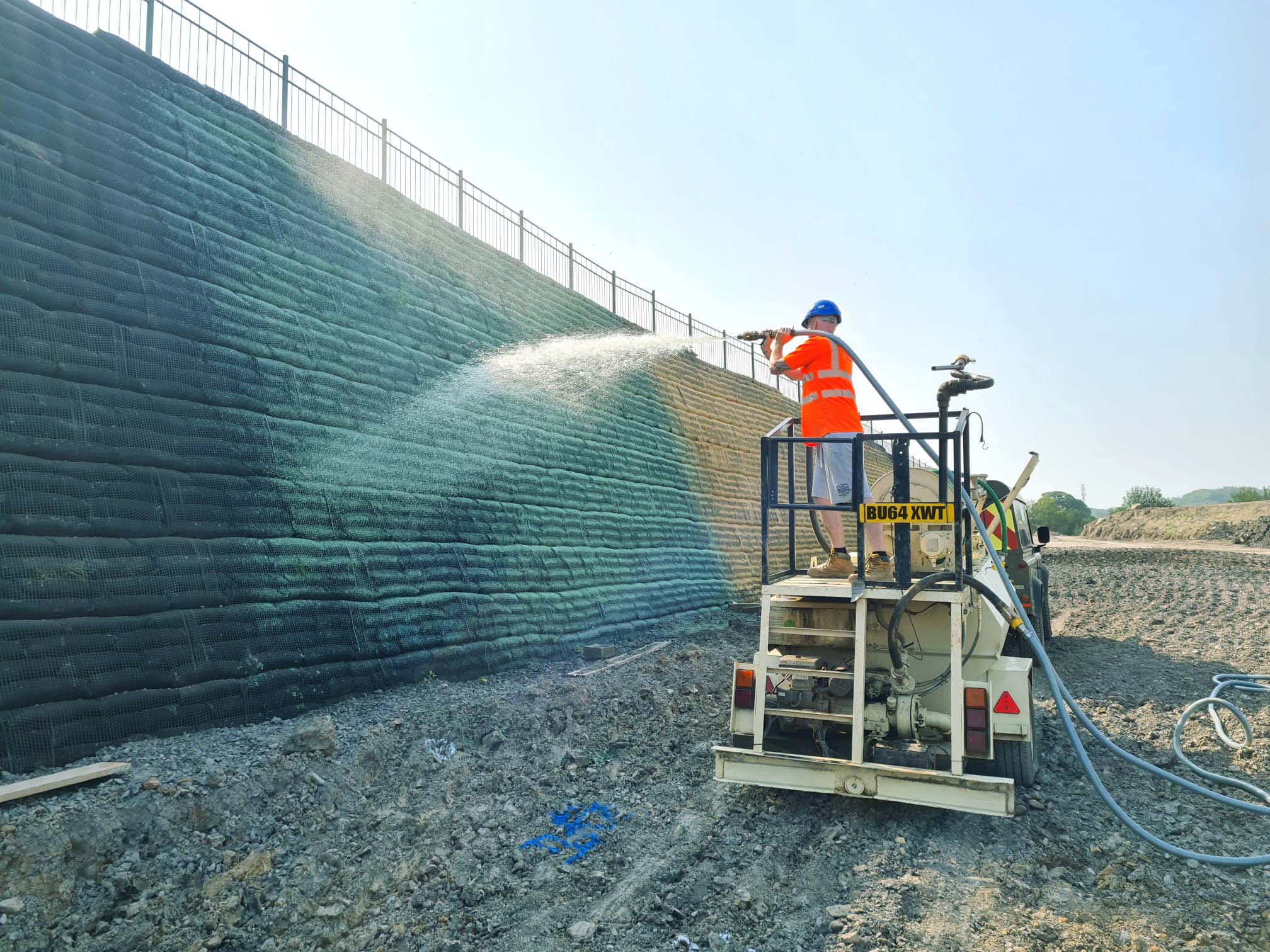
Retaining walls are an essential part of modern construction, used to create level ground or hold back earth from sloping land. They are often designed to last for decades, but sometimes they fail. There are a few reasons why retaining walls fail, and this article explores them and offers some mitigation strategies.
Weak Construction
Poor construction is one of the primary reasons why retaining walls fail. Inadequate compaction of the material can lead to excessive settlement and lack of mobilization of friction, causing failure. Failed drainage is another reason for retaining wall failure. If the wall drainage is not suitably installed or maintained, it can lead to pore water pressure build-up in the backfill of the wall, causing failure. Alternatively, any drainage above the wall failing can lead to water entering the backfill, leading to pressure build-up. If the installer of the wall does not follow the design, for example, the length of geogrids or the spacing of geogrids, this may lead to construction being less stable.
Poor Planning And Design
Inadequate design is another reason why retaining walls fail. In some cases, the design may not be suitable, for example, loading not being considered or groundwater or ground condition assumptions not being conservative. However, British standards and Eurocodes incorporate reduction factors to allow for some degree of confidence in designs.
What Happens When A Retaining Wall Fails?
The impacts of retaining wall failure can be severe. While rare, sudden failures can pose a risk to life if people are present during the failure. Failed walls can lead to damage of assets above and below the wall, which can be expensive to replace. Replacing a retaining wall failure can be expensive, as often the site will be live, and access may be difficult.
To mitigate the risk of retaining wall failure, competent installers should install the walls. They should be confident in the installation of walls and be confident that they understand the design. Designs should be carried out and checked by qualified individuals. Suitable compaction plant should be used to compact backfill, and ideally, records should be kept of the compaction technique used. As an extra measure, testing of the backfill to prove % compaction could be completed. Suitable drainage should be installed and maintained, and regular checks of the drainage are required to ensure no blockages are present. Regular structural checks should be completed to identify any signs of potential failure so that remedial measures can be put in place.
Contact Us
In conclusion, retaining wall failure can have severe consequences, including damage to life and property. It is essential to identify the potential reasons for failure and implement mitigation strategies to reduce the risk. By following best practices in design and construction and carrying out regular checks and maintenance, the risk of retaining wall failure can be significantly reduced. If you are interested in learning more about retaining walls and how to prevent failures, please consult with a qualified professional such as the team at GeoGrow.
Image Source: Canva






















